Experienced children’s public law practitioners will know that cases of suspected inflicted head injury are amongst the most complex heard in the family justice system. Some cases will involve unequivocal corroborative evidence for abuse: other physical injuries, for example. Some cases apparently involve unequivocal evidence for abuse which, when closely examined, falls away, and the court is left with the ‘shaking’ type injuries alone. Some involve, simply, enclosed head injuries with no other sign of abuse. The latter categories are the most anxious and complex.

One of the serious problems with the concept of the Suspected Inflicted Head Injury Service (SIHIS) pilot is that it assumes that there can be ‘uniform’ opinion in these cases. That assumption must be grounded on the further, erroneous, assumption that these cases no longer engage any serious expert controversy and there is uniformly unanimous expert opinion about them. Both assumptions are wrong.
The nature and extent of naturally occurring birth related intracranial bleeding remains an area of expert controversy. The extent to which the distribution and location of intracranial bleeding is important remains an area of expert controversy. Whether a particular intracranial collection is new or old remains an area of expert controversy. Whether birth related intracranial bleeding can mature, become chronic and cause further intracranial bleeding on normal handling, and if so, where, is an area of expert controversy. Whether and to what extent old intracranial bleeding, however it was caused, amounts to a predisposition for fresh intracranial bleeding remains an area of expert controversy. Whether a natural expansion of the space between the brain and the skull can cause intracranial bleeding on normal handling, and, if so, where, remains an area of expert controversy. The causative significance or otherwise of damaged veins within the head remains an area of expert controversy. The causative significance or otherwise of bleeding in the spinal canal remains an area of expert controversy. The alternative causes of apparent neurological collapse remain an area of expert controversy. Whether and to what extent short falls can cause some or all of these injuries remains an area of expert controversy.
Anyone with experience of litigating these cases knows that frequently, clinical opinions differ from the court appointed expert opinions, and expert opinions differ from each other. The experienced practitioner also knows how regularly these differences become apparent during skilled cross-examination. And experienced practitioners know that cases can turn on these differences and controversies: some examples are recorded on Bailli and elsewhere, but very many are not. Because these controversies have been teased out during the forensic process, some children have been returned home, avoiding permanent placement away from their parents. We are not talking here about tiny numbers, either. The leading practitioners are involved in such cases on a regular basis.
Different experts have legitimately different views about these areas of complexity. Some base their views not on theory, or research papers, but on their own ‘hands on’ clinical experience: on what they have seen in ‘real life’. These areas are controversial because the science is controversial, and because clinical experience differs and there are a range of legitimate opinions about it.
In circumstances where a significant number of cases have turned on these areas of legitimate controversy, there are obvious risks in a pilot which has, as one of its ‘drivers’, the apparent avoidance of delay caused by ‘disparity between local report and test results and reports and interpretation by court appointed experts’, and where one of the key purposes is the production of a ‘template document to produce a high quality, uniform report’. Make no mistake, one objective here is to replace independent experts in a proportion of cases, because their opinions sometimes differ from ‘local reports’.
As anyone with experience of these cases knows, there is often entirely legitimate disparity between local reports and test results and interpretation by the court appointed expert, and the court frequently favours the latter, for good reason. The pilot will not reduce that disparity, it will simply conceal it by avoiding the instruction of independent experts whose duty is to illuminate it. Where something crucial might turn on such a disparity, how can it be right to conceal it? Similarly, as anyone with experience of these cases knows, because these cases are scientifically controversial, the only way to produce a ‘template document’ which is ‘uniform’ is likely to involve ignoring or not engaging in legitimate areas of controversy. We make no bones about it: such an approach is dangerous.
The problem with any attempt to impose a ‘one size fits all’ solution is that the controversies will not simply disappear consequently, no matter what is said in a ‘uniform’, ‘template’ report. Those of us dealing with these cases regularly will not simply forget about the controversies, either. We know about them, and where they are not ventilated or engaged by the doctors, we will ventilate and engage them. Thus, a ‘one size fits all’ approach may simply increase applications for the reporting doctors to be cross-examined, and increase applications for independent experts to be appointed, when it becomes apparent, through cross -examination, that the ‘uniform’ ‘template’ is inadequate. Unless, of course, there is no intention to permit cross-examination of the ‘template’ experts, in which case judges will be left, contrary to the Court of Appeal’s guidance in D and A (Fact Finding: Research Literature) [2024] EWCA Civ 663, to interpret the research papers that advocates will be driven to produce in order to contradict the ‘template report’.
These sorts of unintended consequences are often the result when schemes such as this are devised and implemented by those with insufficient experience of the subject matter, without reference to those who have that experience and expertise.
Had practitioners been actively involved in devising and consulting about the pilot, no doubt we would have had the opportunity to indicate that, of all the areas in which to trial such a process, this is the least suitable. Instead, we will be left picking up the pieces and attempting to avert the miscarriages of justice it threatens.
John Vater KC is a barrister and arbitrator at Harcourt Chambers

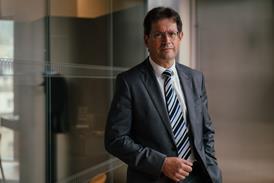
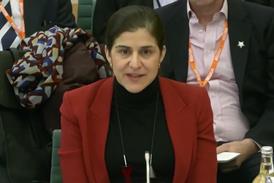

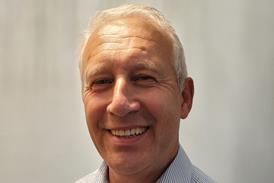

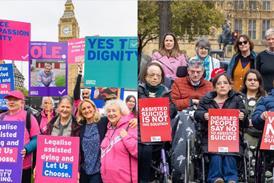




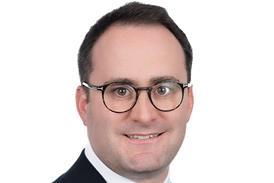



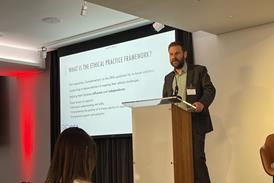


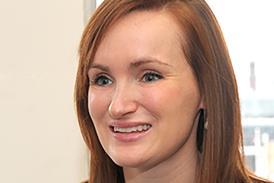
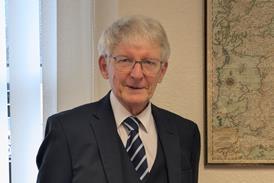









No comments yet